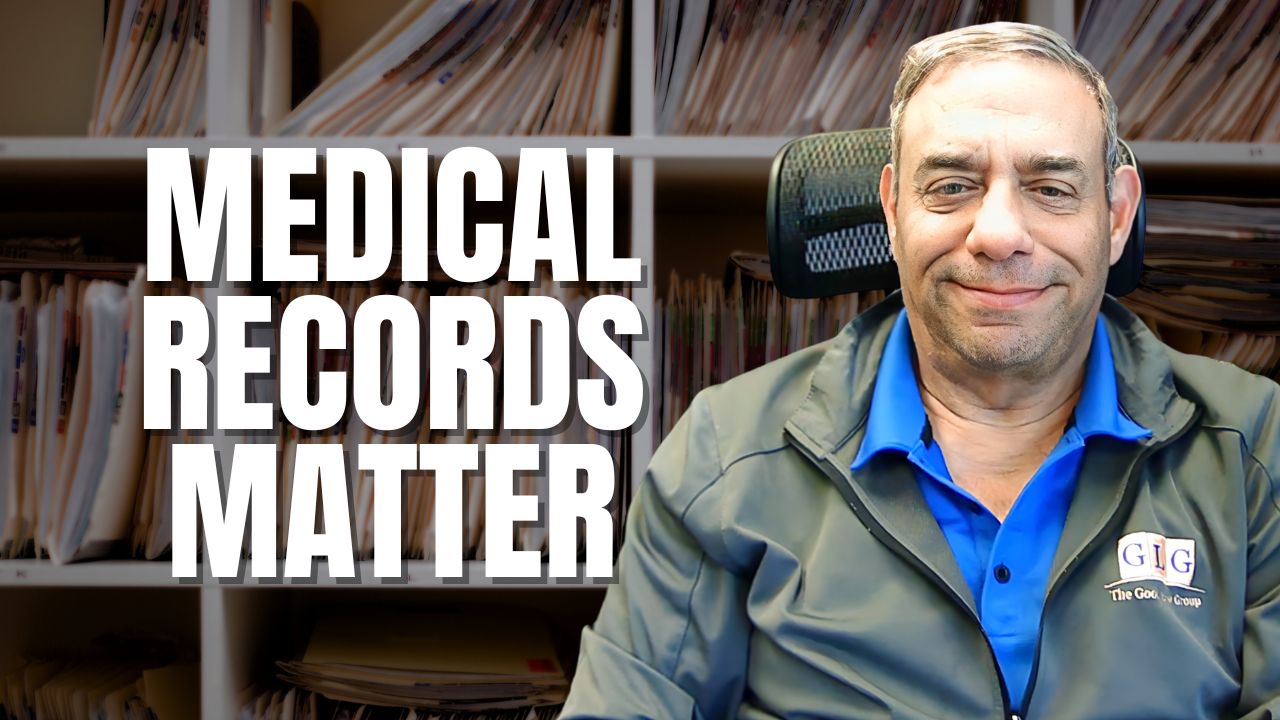Cervical spondylosis is a catch-all term for wear and tear on spinal discs in the neck, the normal result of advancing age. Signs of osteoarthritis develop as the discs begin to shrink, which can include the formation of bone spurs (bony projections along the edges of the bones). Cervical spondylosis is common, affecting more than 85% of people aged 60 and older. Most people experience no symptoms; for those who do, the most common are pain and stiffness in the neck, which can generally be treated without surgery.
Cervical spondylosis can sometimes cause the space between the spinal discs to narrow, which can lead to pinched nerves. In these cases, additional symptoms may include:
- Tingling, numbness and/or weakness in the upper or lower extremities;
- Lack of coordination;
- Difficulty walking, or;
- Loss of bladder or bowel control
The Social Security Administration will evaluate cervical spondylosis under section 1.04 of its disability blue book, which deals with disorders of the spine. This section covers back conditions that result in functional limitations due to distortions of the bone and ligaments in the spine, and compression of nerve roots or the spinal cord that may occur as a result. Such conditions may include osteoarthritis, degenerative disc disease, spinal stenosis, herniated discs and spinal arachnoiditis.
Process of Applying for SSD Benefits with Spondylosis
Obtaining social security disability (SSD) benefits for spondylosis and similar conditions that result in back pain is difficult, though not impossible. Most people suffer from some sort of back pain at one point in their life due to normal wear-and-tear. The majority continue working with the aid of some combination of over-the-counter treatment, physical therapy and/or massage. A simple complaint of back pain, with nothing more, is not enough to qualify for SSD benefits.
Instead, applicants must provide medical evidence of nerve root compression; MRI, CT scan, or another form of medical imaging should be able to prove the existence of cervical spondylosis or any other compression. In addition to medical imaging, medical records must support that the nerve root compression causes:
- Neuro-anatomic distribution of pain (pain coming from the nerve);
- Limits on spinal movement;
- Loss of motor function accompanied by sensory or reflex loss, and;
- If the lower back is involved, abnormal responses when lifting your leg from both a seated and lying down position (positive straight-leg raising test)
The SSA changed its rules in March 2017 and no longer gives testimony and evidence provided by the applicant’s treating physician any more weight than the evidence provided by its own medical experts – even though in most cases, their experts will have never met nor treated the applicant. Therefore, detailed descriptions of your pain level and the limits on your motor function contained in the medical record are more important than ever in helping to prove that the cervical spondylosis diagnosis negatively affects your ability to participate in substantial gainful activity. Consistency and objectivity in these descriptions are key in improving the chances that your SSD benefits application is approved.
Medical Records and Your SSD Case for Spondylosis
At every visit with your treating physician, make sure to discuss your level of pain and the impact it has on your ability to function, particularly as it relates to performing everyday job functions. Make sure to be as specific as possible. Documentation of your pain and the limits it imposes over months of physician visits will have a greater influence on the disability determination officer (and the judge, if you have to appeal a denial) than a single notation made during one visit.
When describing your pain to your physician, use numbers – and make sure your physician records it that way in his notes. Saying, “I’m in pain and have trouble bending over and sitting for long periods” will you put your application on the fast-track to denial. That description is not only subjective, but it provides no measurable information on how the diagnosis interferes with your ability to work.
A better description would be as follows:
Patient suffers from cervical spondylosis. A compressed nerve in her lower back results in pain that radiates outward to her lower back and right leg. At least twice a day, every day, the pain reaches levels that patient must lie down to relieve pressure on the nerve; it can take anywhere from 15 – 30 minutes for the pain to subside enough that patient can resume normal activities. To help manage the pain at other periods, patient requires a 10-minute break to walk around every hour. In addition, patient experiences pain when lifting her leg and cannot bend or reach more than 45 degrees in any direction.
This description provides specific, objective information that gives the claims examiner a clear picture of how the diagnosis negatively affects your ability to work, and greatly improves the likelihood that your SSD benefits application will be approved.
If you have Spondylosis and are considering applying for SSD Benefits we can help. Contact the Good Law Group for a complimentary case evaluation or complete our online form.








